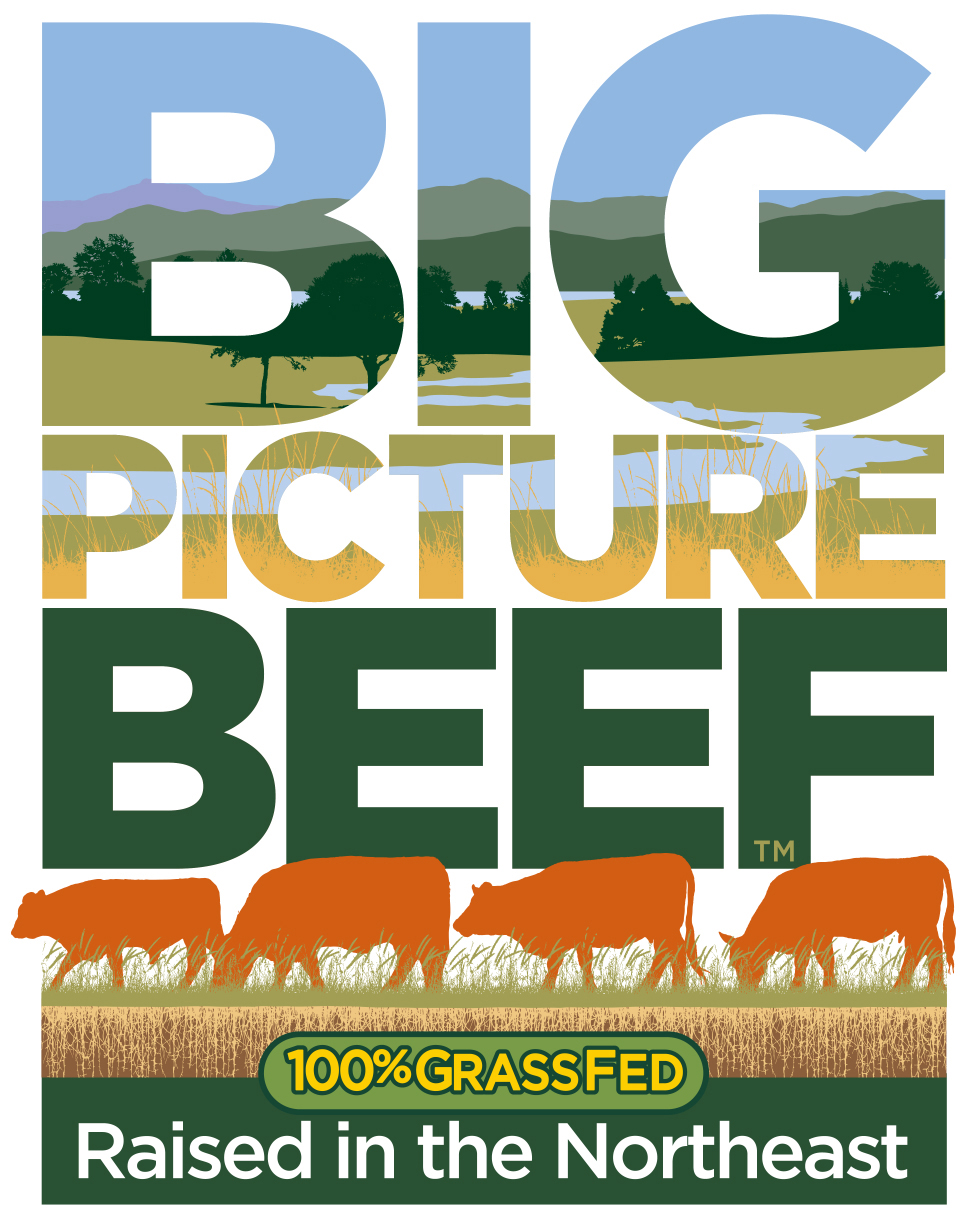This tall grass is perfect for grazing. The cattle will eat the tops of the plants first, as that's where the energy is. Much of the grass will be consumed and some will be trampled. But the trampled grass is not wasted; some of it will continue photosynthesis for a period, and all of it eventually will feed microbial soil life, enriching the pasture. Allowing grass to grow tall is good pasture management for grass-fed beef..
PASTURE & GRAZING
Most cattle are grazed predominantly on permanent perennial pasture. The bovine, a ruminant, is designed to ingest large volumes of biomass by grazing on grass, other pasture plants, and hay. The animal digests (ruminates) this matter in its rumen, the first chamber of a ruminant's four-part stomach.
PASTURE
Regardless of what you plant in your pasture, eventually the grasses will transition to ones that are acclimated to the soils, rainfall, animal pressure, temperature/sunlight and grazing management on that particular parcel.
The grazing itself will contribute (1) the penetration of sunlight, (2) the scarification (by hoofs) of seeds that have laid dormant in the soil - sometimes for decades, and (3) manure and urine. Ultimately the pasture that results from years of good management will be a polyculture that includes many species of grasses and other pasture plants that could not grow in that place until the action of soil biology - fostered by rotational grazing - made certain soil nutrients available again.
The rumen needs an appropriate balance of protein, minerals, and energy to function optimally; any large imbalance leads to dysfunction and illness (such as acidosis from grain feeding on a feedlot). We have often observed that when cattle are offered a mix of grasses and other forage, plus a choice of mineral supplements, they are remarkably capable of choosing what their bodies need for nutrition.
A Brix meter (refractometer) can be used to measure the basic nutrition level of the grass. If the energy in the plants is inadequate, numerous methodologies have been developed to improve the quality of the pasture, including foliar sprays and a Yeoman plow for stirring subsoil without turning over the soil.
GRAZING
Regenerative grazing calls for skilled management. The grazier moved the cattle from paddock to paddock in a rotation, with new paddocks being created with flexible fencing. Eventually the cattle are cycled back to the original paddock, but only after the land has had sufficient time to rejuvenate and regrow. Underground, the soil life is very active during this recovery period. Microorganisms, notably fungi and bacteria, multiply and supply the roots with nutrients needed for regrowth.
Grazing with a high density of animals per acre is recommended, as long as the animals are moved to a new paddock with appropriate frequency. While grass may begin to regrow in as little as four days, re-grazing the growing tips stunts the plant’s potential growth. Allowing adequate time for paddocks to rest and rejuvenate is more important than the frequency of the rotation. In dry climates, the cattle may not return to previously grazed paddocks in the same season.
Rotating a herd of cattle, or perhaps different groups of cattle, through numerous paddocks requires a systematic approach. A grazing plan must be developed, but the original plan will need to be modified often based on the weather, the cattle, and the rate of growth of the grass.
We highly recommend the Holistic Management International approach to a grazing plan.
Also, see the Husbandry page for more details regarding the nutritional needs of the cattle at different stages in their life cycle.
EXTENDING THE GRAZING SEASON
The following two methods for grazing more throughout the year ) have been proven in the Northeast and will reduce the expense of feeding hay:
(1) Planting some paddocks with cover crops that will start growing prior to the perennial grasses, and continue growing into the fall. Crops should be planted with no-till seeding to minimize soil disturbance.
(2) "Stockpiling" grass, which in the Northeast means designating some paddocks that are not grazed or cut after July, so that they can be grazed in winter: December, January, and February. The cattle will graze this stockpiled forage readily - even if they have to poke their noses through snow to get at it. The nutrition will be equal to or better than hay or balage. See our results in bar graph at left.
While there will be times when the snow is too deep for winter grazing, any day that the cattle graze rather than eat hay means money in the producer's pocket. Note: cattle are typically finished (fattened) in warm weather months, but finished cattle will hold their condition through the Northeast winter.
Also, see our SARE report on our winter grazing trial in Massachusetts.
FINISHING
Finishing cattle on pasture is a skilled, time-consuming job. Finishing for market in a time frame that is economical, calls for moving the animals frequently to new pasture - usually multiple times per day - so that they have continuous access to the top third of the plants, which is where the energy calories are found. There are no formulas for when to move the cattle; this is a judgement call based on a number of variables: the climate, the weather, the grass, and the condition of the cattle.
Cattle in the finishing phase of production are often grazed on annual grasses planted by no-till methods, as well as on perennial pasture. Grazing a mix of cover crops (known as a “cocktail”) further enhances the cattle’s rate of gain in finishing.
See the short video below demonstrating a tumble wheel, which enables one person to move an interior fence quickly and easily.




